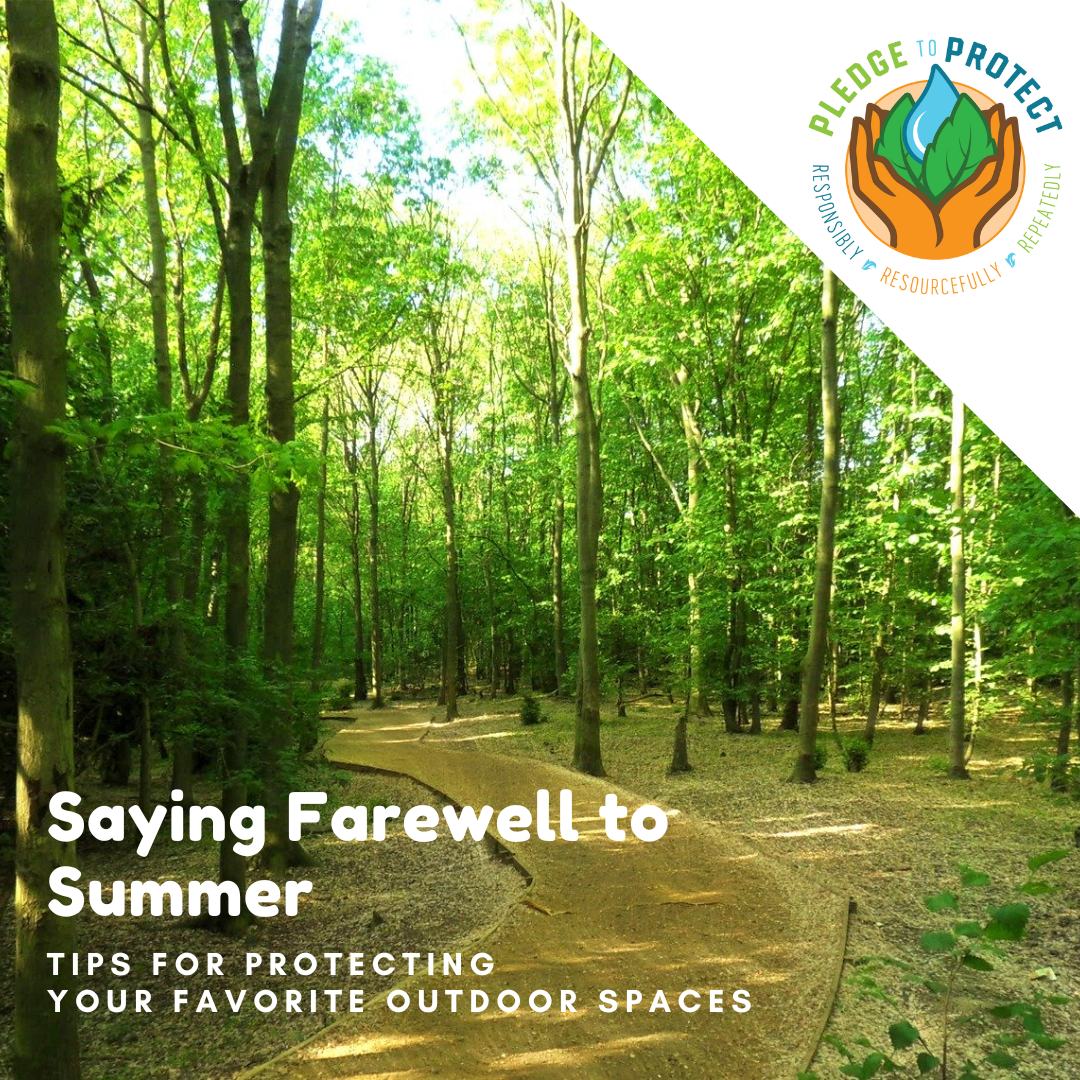As summer draws to a close, it’s the perfect time to reflect on the wonderful memories made in our favorite outdoor spaces and to take action to protect them for future enjoyment. Whether you’re a gardener, hiker, or boater, the end of summer offers an ideal opportunity to learn more about invasive species and how you can help mitigate their impact. Join us as we share practical tips for safeguarding your beloved natural areas from species like invasive jumping worms (Amynthas spp.) and the longhorned beetle (Anoplophora glabripennis), and introduce you to a variety of resources and tools to support your conservation efforts. Let’s ensure that the beauty and health of our outdoor environments are preserved for seasons to come!
Gardeners: Keep an Eye Out for Invasive Jumping Worms
Invasive jumping worms (Amynthas spp.) are an invasive species that disrupts soil health by consuming organic matter rapidly, resulting in granular, dry soil detrimental to plant growth. Identification includes snake-like thrashing when touched and a distinct clitellum (the band toward the head of the worm). Prevention efforts focus on avoiding their spread through contaminated soil and gardening materials, using heat-treated compost, and thorough cleaning of tools and footwear. Reporting sightings is crucial for managing this invasive species, as there are currently no effective control methods.
Check your Pool: Invasive Longhorned Beetle
The invasive longhorned beetle (Anoplophora glabripennis) poses a significant threat to our forests and urban landscapes. Identifying this invasive species is crucial for prevention. Check your pool filter and water for their distinctive long black and white antennae and shiny, jet-black bodies with white spots. Preventing the spread involves inspecting trees regularly for signs of infestation, such as exit holes and sawdust-like frass.
What Do I Do if I see an Invasive Longhorned Beetle?
- Submit a report at https://on.ny.gov/forest-health-report,
- Email photos and location info to foresthealth@dec.ny.gov, or,
- Report the sighting to https://www.nyimapinvasives.org/report-an-invasive
Event: Fort Drum’s Outdoor Adventure Day
Saturday, August 17, 10 a.m. – 4 p.m.
Fort Drum, near buildings 2507 & 2509 off of Rte. 26 and Munns Corner Road between Wheeler-Sack Army Airfield and Great Bend
Join us for Fort Drum’s Outdoor Adventure Day on August 17 from 10 a.m. until 4 p.m.! Enjoy a day filled with family-friendly activities including crafts, fishing, and plenty of educational opportunities. SLELO PRISM will have an exhibit and an engaging invasive species game the whole family can play! The event is free and open to all ages, offering a perfect opportunity to learn about the great outdoors.
Check Out our Protector’s Toolboxes
Are you looking for more resources to help you protect your favorite outdoor spaces? Our Protector’s Toolboxes hold a variety of resources to help you learn ways to prevent, manage, and identify invasive species you may encounter while enjoying the outdoors.
Team Picks: Our Favorite Tools
For Boaters
The NYSDEC ArcGIS web application provides an interactive map for users to explore various environmental and conservation data across New York State. It includes information on boat launches and decontamination stations near you, as well as other wildlife management areas, helping you to make informed decisions about outdoor activities and conservation efforts.
For Trail Blazers & Forest Lovers

Seek allows users to identify plants, animals, and fungi using image recognition technology. Simply take a photo and Seek provides immediate identification along with educational information.

iNaturalist enables users to document and share their observations of biodiversity. By contributing to iNaturalist, users help create a global database of nature observations, aiding scientific research, conservation efforts, and invasive species management.
For Gardeners
The National Wildlife Federation’s Native Plant Finder helps users discover the best native plants for their area to support local wildlife. By entering a zip code, users receive a list of plants that are native to their region, along with information on the butterflies and moths they support. This tool promotes biodiversity and helps create wildlife-friendly gardens.
For Urban Dwellers
The SLELO PRISM Urban Forest Sustainability initiative focuses on protecting and enhancing urban forests to promote ecological health and resilience. This program provides resources and support for managing invasive species, planting native trees, and fostering community involvement in urban forest stewardship. By improving urban forest sustainability, the initiative aims to create healthier, more vibrant communities.





